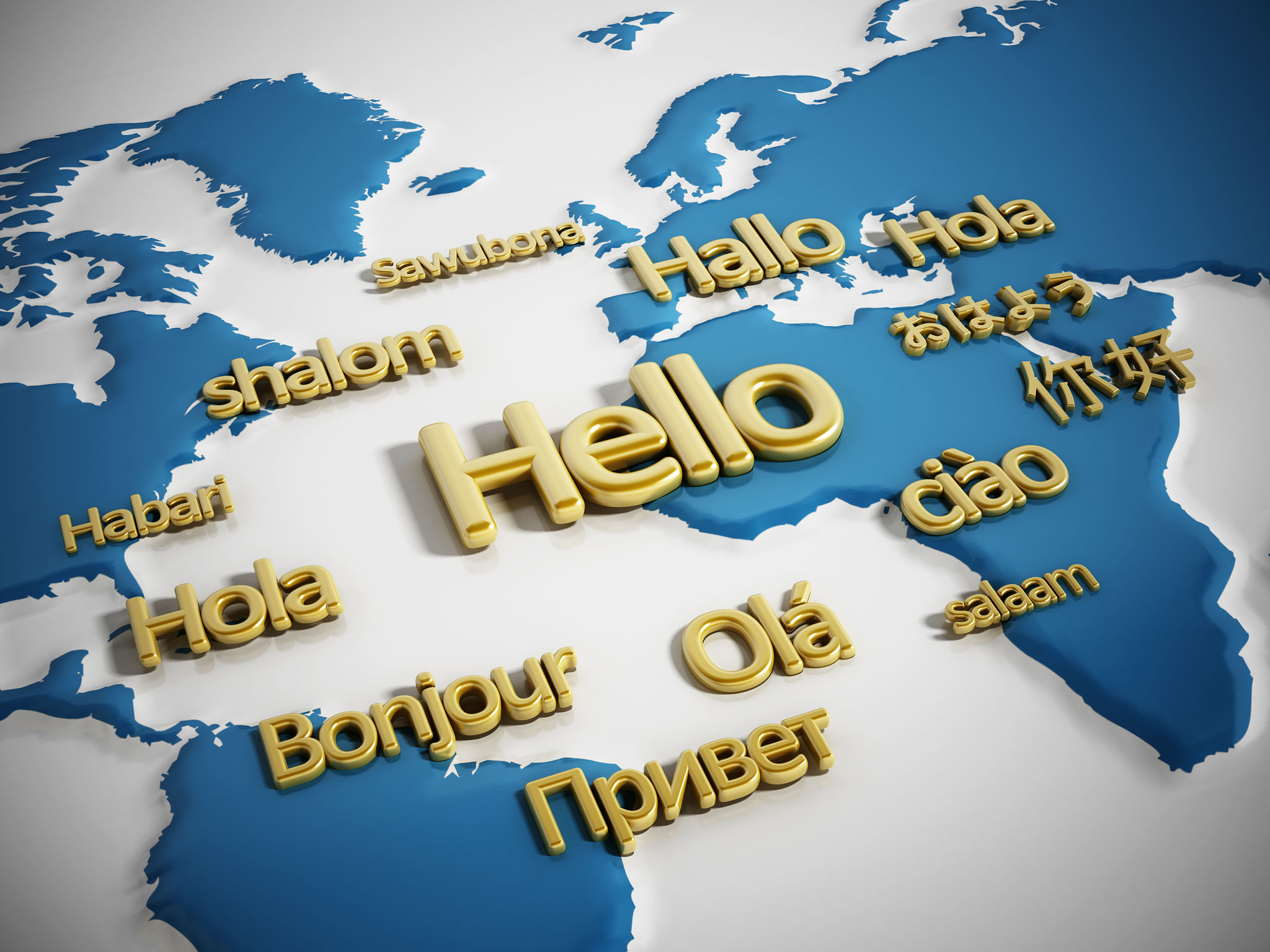Breaking Down the Myths About Machine Translation vs. Human Translation
Understanding Machine Translation
Machine translation is a technology-driven approach that uses software to translate text from one language to another. It's a fast and cost-effective solution, especially for businesses with large volumes of content. However, there are many myths about machine translation that can lead to misunderstandings about its capabilities and limitations.
One common misconception is that machine translation is entirely accurate. While advancements in technology have significantly improved its accuracy, it is not infallible. The translations often lack the cultural nuances and context that a human translator would naturally incorporate.

Speed vs. Quality
There's no denying that machine translation offers remarkable speed. When a quick turnaround is necessary, such as translating user-generated content or internal communications, it can be an invaluable tool. However, the myth that speed equates to quality is misleading. The translations produced by machines often require post-editing by human translators to ensure they meet quality standards.
Moreover, machine translation can struggle with idiomatic expressions, slang, and highly specialized terminology. This is especially true for creative content, legal documents, or marketing materials where the tone and style are as important as the content itself.

The Value of Human Translation
Human translation involves professional translators who are fluent in both the source and target languages. They bring an understanding of cultural context, nuances, and the intended message of the text. This expertise is crucial for certain types of content where precision and tone are key.
One myth about human translation is that it is always slow and expensive. While it's true that human translation typically takes longer than machine translation, the quality and accuracy often justify the time and cost. Professional translators use their skills to ensure the content resonates with the target audience, maintaining the original intent and style.

Choosing the Right Method
Deciding between machine and human translation depends on several factors, including the type of content, the audience, and the budget. Here are some considerations:
- Type of Content: For technical, legal, or highly creative content, human translation is often preferred to ensure accuracy and appropriateness.
- Purpose: If the text is for internal use or informal purposes, machine translation might suffice.
- Budget Constraints: When budget is a concern but quality cannot be compromised, a hybrid approach using machine translation followed by human editing could be effective.
The Hybrid Approach
A hybrid approach combines the strengths of both machine and human translation. Initially, a machine can handle the bulk of the work, providing a rough draft quickly. Then, a human translator refines this draft, ensuring cultural relevance and linguistic accuracy. This method balances speed, cost-effectiveness, and quality.
This approach is particularly useful for businesses looking to expand into new markets quickly while maintaining their brand's voice and message integrity. It also offers a scalable solution for handling large volumes of content without compromising on quality.

Conclusion: Dispelling Myths
Machine translation and human translation each have their place in the world of language services. Recognizing their respective strengths and limitations allows businesses to make informed decisions about which method to use in various contexts. By dispelling myths about these translation methods, organizations can leverage both technologies to their advantage.
Ultimately, the choice between machine and human translation should be guided by the specific needs of the project, ensuring that communication remains effective and meaningful across different languages and cultures.
